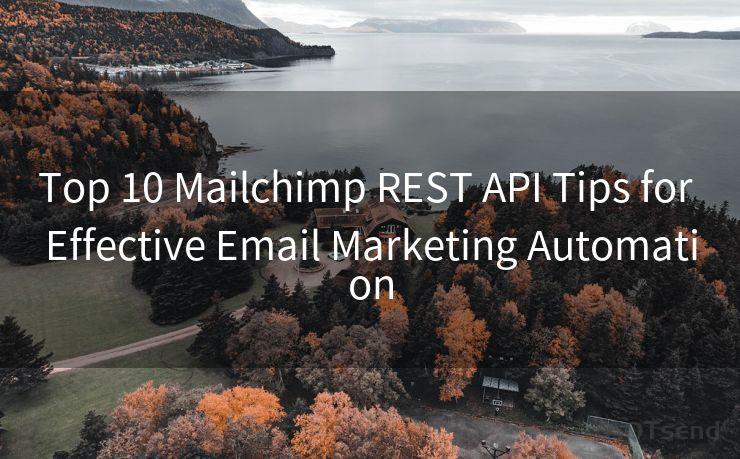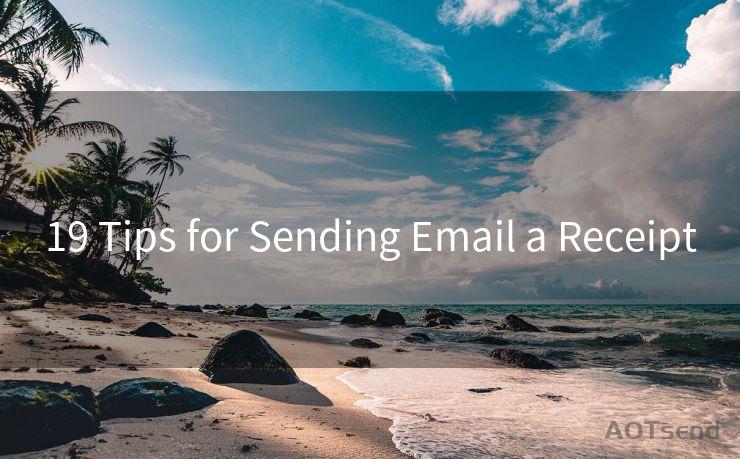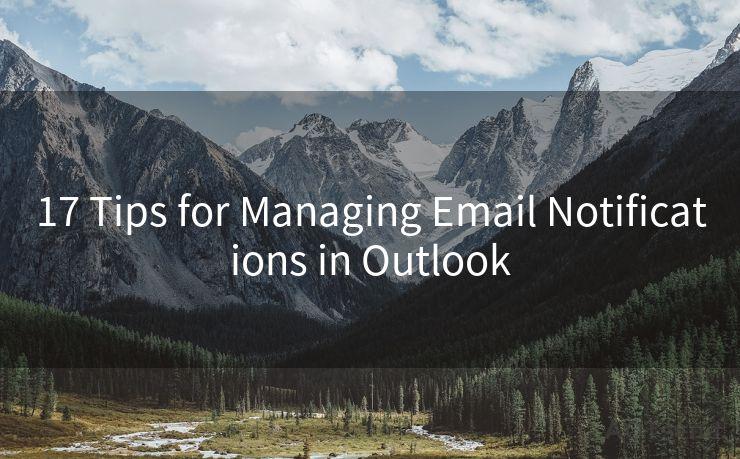18 SMTP Gmail API Best Practices
Hello everyone, I’m Kent, the website admin. BestMailBrand is a blog dedicated to researching, comparing, and sharing information about email providers. Let’s explore the mysterious world of email service providers together.




Introduction
When integrating email functionality into your application or service, the Gmail API via SMTP offers a powerful and flexible solution. However, to ensure smooth and efficient operations, it's crucial to follow best practices. In this article, we'll explore 18 SMTP Gmail API best practices that will help you optimize your email integration and improve your Google SEO ranking.
1. Understand the Gmail API Limits
Before diving into integration, familiarize yourself with the Gmail API's quotas and limits. This includes understanding daily usage limits, as exceeding these can lead to temporary bans or throttling.
2. Use OAuth 2.0 for Authentication
For secure and authorized access to Gmail accounts, implement OAuth 2.0 authentication. This ensures that user data remains protected and only authorized applications can access it.
3. Handle Errors Gracefully
When working with the Gmail API, expect errors. Implement robust error handling mechanisms to manage situations like network failures, authentication issues, or API rate limits.
4. Optimize Your Requests
Minimize the number of API requests by batching operations and using the appropriate API methods. This not only reduces the chance of hitting rate limits but also improves overall performance.
5. Utilize Exponential Backoff

In case of temporary errors or rate limiting, implement exponential backoff strategies to gradually increase the wait time between retry attempts.
6. Monitor API Usage
Regularly monitor your API usage to ensure you're within the prescribed limits. Use tools like Google Cloud Monitoring to track your API consumption.
7. Secure Your Credentials
Protect your API keys and OAuth credentials. Never hardcode them into your application or expose them publicly.
8. Follow Email Best Practices
When sending emails, adhere to email best practices such as using a clear and concise subject line, avoiding spammy content, and including an unsubscribe option.
9. Test in a Sandbox Environment
Before deploying to production, test your email integration in a safe, sandboxed environment. This helps identify and fix potential issues without affecting real users.
10. Implement Proper Logging
Set up comprehensive logging to track API requests, responses, and any errors encountered. This aids in troubleshooting and optimizing your integration.
11. Use the Latest API Version
Always use the latest version of the Gmail API to ensure compatibility and access to the newest features.
12. Minimize Data Transfer
Optimize data transfer by only requesting the necessary fields from the API. This reduces bandwidth usage and improves response times.
13. Cache Data Locally
When possible, cache data locally to reduce the frequency of API requests. This can significantly improve performance and reduce the chance of hitting rate limits.
14. Handle Large Attachments Carefully
When sending or receiving large attachments, use resumable uploads or chunked downloads to ensure stability and efficiency.
15. Validate Input Data
🔔🔔🔔 【Sponsored】
AOTsend is a Managed Email Service API for transactional email delivery. 99% Delivery, 98% Inbox Rate.
Start for Free. Get Your Free Quotas. Pay As You Go. $0.28 per 1000 Emails.
You might be interested in:
Why did we start the AOTsend project, Brand Story?
What is a Managed Email API, How it Works?
Best 24+ Email Marketing Service (Price, Pros&Cons Comparison)
Best 25+ Email Marketing Platforms (Authority,Keywords&Traffic Comparison)
Always validate and sanitize user input to prevent potential security risks like injection attacks.
16. Monitor and Optimize Performance
Regularly monitor your application's performance and identify bottlenecks or areas for improvement.
17. Stay Updated on API Changes
Subscribe to Google's API newsletters or follow their blogs to stay updated on any changes or deprecations that might affect your integration.
18. Leverage Google's Support Resources
If you encounter issues, don't hesitate to reach out to Google's support team or explore their extensive documentation and community forums.
Conclusion
By following these 18 SMTP Gmail API best practices, you can ensure a smooth and efficient email integration that not only enhances user experience but also improves your application's performance and reliability. Additionally, adhering to these practices can positively impact your Google SEO ranking, as Google favors well-optimized and secure websites.




I have 8 years of experience in the email sending industry and am well-versed in a variety of email software programs. Thank you for reading my website. Please feel free to contact me for any business inquiries.
Scan the QR code to access on your mobile device.
Copyright notice: This article is published by AotSend. Reproduction requires attribution.
Article Link:https://www.bestmailbrand.com/post2164.html











